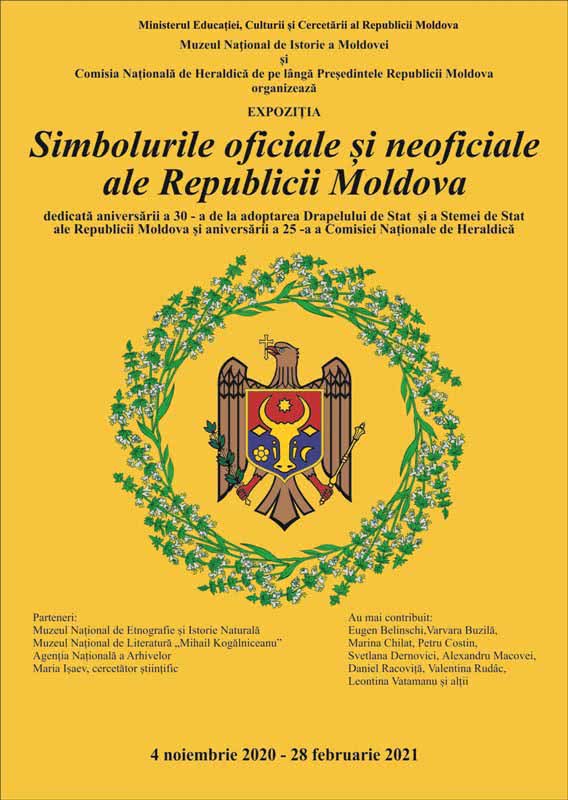 Symbols are expressions of the spirit, which are evoked by specific material manifestations that define the individual or collective embodiment of the idea of homeland. Of the many symbols that exist in space and time, national symbols are of paramount importance. Their role is to coagulate national and state entities and to sensitize society in order to educate patriotism, dignity and the appreciation of national values. Among the national symbols of a state are distinguished the official ones, such as the coat of arms, the flag, the anthem, the state insignia, the national currency, but also other emblems that identify it in non-formal situations, such as flowers, trees, birds, animals, monuments, and so on.
Symbols are expressions of the spirit, which are evoked by specific material manifestations that define the individual or collective embodiment of the idea of homeland. Of the many symbols that exist in space and time, national symbols are of paramount importance. Their role is to coagulate national and state entities and to sensitize society in order to educate patriotism, dignity and the appreciation of national values. Among the national symbols of a state are distinguished the official ones, such as the coat of arms, the flag, the anthem, the state insignia, the national currency, but also other emblems that identify it in non-formal situations, such as flowers, trees, birds, animals, monuments, and so on.
The purpose of the exhibition is to present the official national symbols of the Republic of Moldova, but also the complementary national emblems fundamental for the country, which have the role of defining and popularizing the heraldic image of our country both within the country and in Europe.
The exhibition is divided into three compartments. The first of them is dedicated to the major national symbols: State Coat of Arms, State Flag, State Anthem, state and departmental insignia, national currency, and so on. Among others, original medieval documents from the collections of the National Archive of the Republic of Moldova are exhibited, which illustrate the use of the coat of arms of Moldova in the medieval and modern era. For the first time, several exhibits are displayed that highlight the life and work of the authors of the anthem Limba noastră [Our Language], the poet Alexe Mateevici and the composer Alexandru Cristea.
The second compartment includes derived national symbols, such as the banners of the highest officials of the Republic of Moldova or the state seal, but also some complementary national emblems, from the field of nature or culture, such as national plant, national flower, national tree, the national animal emblem, the national bird, the national river, the national holiday, the folk costume, and so on.
The purpose of the third compartment is to present to the public the model of a country that successfully and inspiringly promotes its natural and cultural symbols. This is Canada, where those symbols are adopted not only at the national level, but also at the provincial level. Thus, several materials are exhibited, including various products, souvenirs, coins, postcards, objects, clothing accessories, and other items, which contain images of unofficial symbols of this state.
Organizers:
National Museum of History of Moldova
National Heraldry Commission under the President of the Republic of Moldova
Partners:
National Museum of Ethnography and Natural History
Mihail Kogălniceanu National Museum of Literature
National Archives Agency
Researcher Maria Ișaev
Also collaborated: Eugen Belinschi, Varvara Buzilă,
Marina Chilat, Petru Costin, Svetlana Dernovici,
Alexandru Macovei, Daniel Racoviță, Valentina Rudâc,
Leontina Vatamanu, and others.




















































